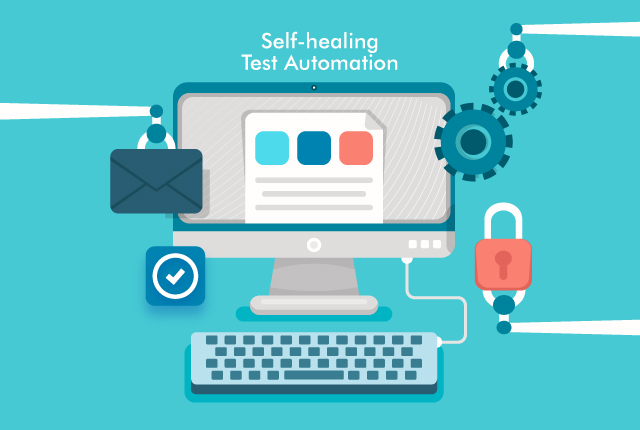In the new era, Automation testing is expected to play a crucial role in software development and quality assurance processes in the coming years. In 2024, it is anticipated that automation testing will become even more prevalent and sophisticated because of advancements in technologies like artificial intelligence and machine learning are likely to enhance automation testing capabilities further. AI-powered testing tools can analyze vast amounts of data, identify patterns, and generate test cases, thereby increasing the efficiency and effectiveness of testing processes.
QASource Blog
In our blog, we take a deep dive into the latest QA strategies, methodologies, and industry best practices driving the world of quality assurance. Follow our blog to get new ideas as to how to effectively deliver high-quality, bug-free software products, websites, and applications, while keeping costs low.

First, the answer. The best approach to test automation development has five steps: Choose the right QA partner for test automation development Identify project requirements and outline a strategy. Identify the right tools for you Build a framework and create scripts Provide a demonstration and full reporting
These days, people not only want but need to do more with less. CEOs and Product Managers want to stay competitive by releasing new features while keeping their resources lean. Is it even possible to reach these two goals without sacrificing product quality?
Mobile testing of Salesforce applications is crucial for businesses to effectively manage their customer relationship management (CRM) activities. However, the increased number of features within the Salesforce mobile app poses a challenge in ensuring that it performs optimally. The conventional manual testing approach, involving verification on all potential devices and operating systems, can be time-consuming and prone to errors, ultimately resulting in quality issues and delayed delivery.
The digital age has made software integration a crucial part of any business’s success. Companies that continue to invest in big data, cybersecurity, and cloud technology — among other digital solutions — grow over 50% faster than their competition. To retain your edge, you must build and constantly maintain your digital infrastructure.
In this autocast, we will discuss some of the superpowers that raised the level of the standard automation framework and help test the application more rigorously compared to the standard approach.
There is always a better way to test your software. In every step of your software testing process, there are hidden efficiencies that can help you achieve even better results, at a much faster pace. Some of them are the result of planning, while others stem from test design. Then there are other efficiencies that are discovered through better test execution.
Every single delay in launching your product hurts your brand image, and drastically reduces your potential customer base. Being late, by a day, hour or minute means that someone else gets the first chance to impress your potential customers with a solution to their problem. You may have a better product, but if the first application a customer tries is “good enough,” you may never get the chance to prove you can do things better.
There was a time when we lined up on a Friday to draw enough cash from over the bank counter to see us through until Monday. Now it is quite possible to go entire weeks without using cash at all. The digital transformation of business has raised consumer expectations such that they expect to be able to pay for everything—from pizzas to plane tickets—without having to open their wallets. The demand for truly secure, effortless, seamless, faultless digital transactions puts pressure on developers to produce perfect POS software.
Written by QA Experts
QASource Blog, for executives and engineers, shares QA strategies, methodologies, and new ideas to inform and help effectively deliver quality products, websites and applications.
Categories
Authors
Our bloggers are the test management experts at QASource. They are executives, QA managers, team leads, and testing practitioners. Their combined experience exceeds 100 years and they know how to optimize QA efforts in a variety of industries, domains, tools, and technologies.








